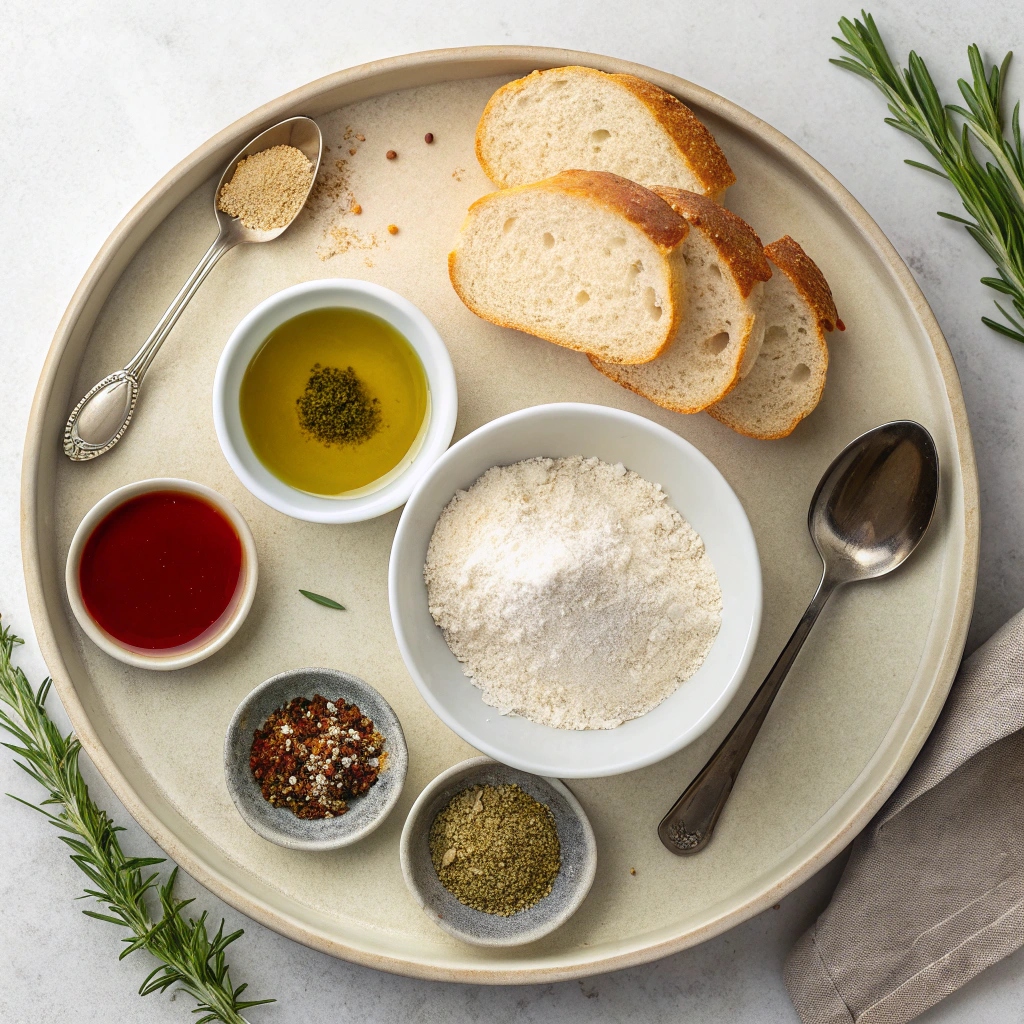Creating flaky, paper-thin phyllo dough at home isn’t just for master bakers anymore. This beginner-friendly recipe breaks down the traditional Greek pastry technique into simple, manageable steps that yield 4-5 perfect sheets in just one hour.
Whether you’re dreaming of homemade baklava or savory spanakopita, this versatile dough opens up endless possibilities for both sweet and savory creations.
With just a few basic ingredients and some patience, you’ll master the art of phyllo-making right in your own kitchen.
Ingredients for Homemade Phyllo Dough

- Strong bread flour: 300g (10.5 ounces), ensures perfect elasticity
- Olive oil: 5 tablespoons, helps achieve smooth texture
- Red wine vinegar: 1 tablespoon, essential for achieving crispy results
- Salt: 1 teaspoon, enhances flavor
- Lukewarm water: 130-150g (½-¾ cup), adjust as needed for perfect consistency
Step-by-Step Instructions
- Make the Base: Combine flour and salt in a large bowl, create a well, add vinegar and olive oil. Mix with dough hook briefly.
- Add Water: Start with 130g water, gradually mix until dough forms an elastic ball. Add more drops if needed for smooth, malleable texture.
- Rest Time: Divide into golf ball-sized portions (about 80g each), coat with olive oil, wrap in plastic. Let rest for 60 minutes.
- Initial Rolling: Place dough ball on floured surface, shape into circle with hands, ensure surface is well-floured.
- Rolling Technique: Roll dough evenly, turning occasionally. Wrap around rolling pin, using hands to spread from center outward.
- Final Stretching: Continue rolling until extremely thin. For easier handling, try stretching with fists like pizza dough.
Key Techniques for Perfect Phyllo
Want to know the little secrets that make phyllo-making easier? The dough needs a gentle touch and the right amount of water – too much makes it sticky, too little makes it crumbly.
Think of it like making a soft, stretchy blanket of dough! The best tip is to add water bit by bit, mixing between each addition.
Your dough should feel smooth and stretchy, like a soft earlobe. And don’t skip the resting time – those 60 minutes let the dough relax, making it much easier to roll out later.
Rolling Tips and Tricks
Rolling phyllo might seem tricky at first, but here’s a friendly tip: think of it as a fun workout for your rolling pin! Start from the middle and work your way out, just like spreading butter on bread.
Keep your surface well-floured – the dough should glide, not stick. If you’re feeling stuck, try the pizza-maker method: pick up the dough and let it hang from your fists, moving your hands around the edges.
The dough will naturally stretch from its own weight. Remember – holes happen to everyone, even the pros! They won’t affect the taste one bit.
Storage and Make-Ahead Tips
Made extra phyllo dough? Lucky you! You can keep the dough balls in the fridge for up to 2 days – just wrap them well in plastic and bring them to room temperature before rolling.
If you’ve already rolled your sheets, layer them between pieces of wax paper, roll them up gently, wrap in plastic, and pop them in the fridge.
Use them within 24 hours for the best results. The key is keeping the dough from drying out, so wrap it up snugly!

Easy Homemade Phyllo Dough Recipe for Beginners
Equipment
- Large mixing bowl
- Rolling Pin
- Dough hook
Ingredients
For the Dough
- 300 g strong bread flour (10.5 ounces)
- 5 tbsps olive oil
- 1 tbsp red wine vinegar
- 1 tsp salt
- 130-150 g lukewarm water (1/2-3/4 of a cup)
Instructions
- In a large mixing bowl add the flour and salt, make a well in the centre and pour in the vinegar and the olive oil. Using a dough hook mix to combine the ingredients for 10-15 seconds. (Tip: The vinegar helps the dough to become crispy.)
- Start by adding 130g of water at first (1/2 a cup) and mix, until the flour absorbs the water; after mixing for a while, the dough should become an elastic ball. The perfect dough should be soft, malleable and smooth.
- When you are happy with the consistency of your dough, cut the dough in balls (slightly larger then a golf ball, approx. 80gr each, depending on size of the tray), coat lightly with olive oil, wrap with some plastic wrap and let the dough rest for 60 minutes, or longer.
- Place one ball of dough on a floured surface coat your rolling pin with some flour. Make a circle of dough with your hands.
- Use a rolling pin to roll out the dough, until it becomes a very thin round sheet; the thinner, the better.
